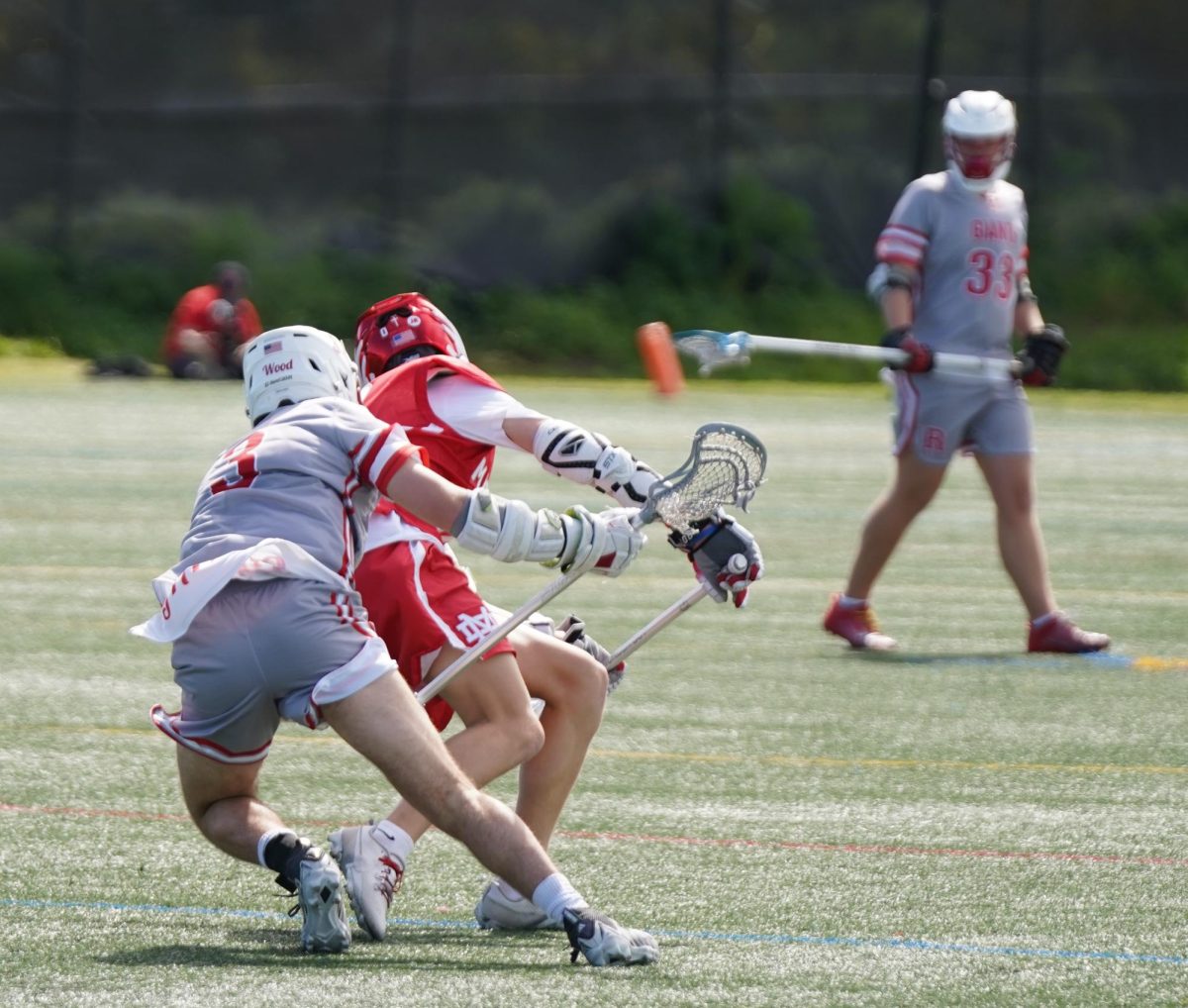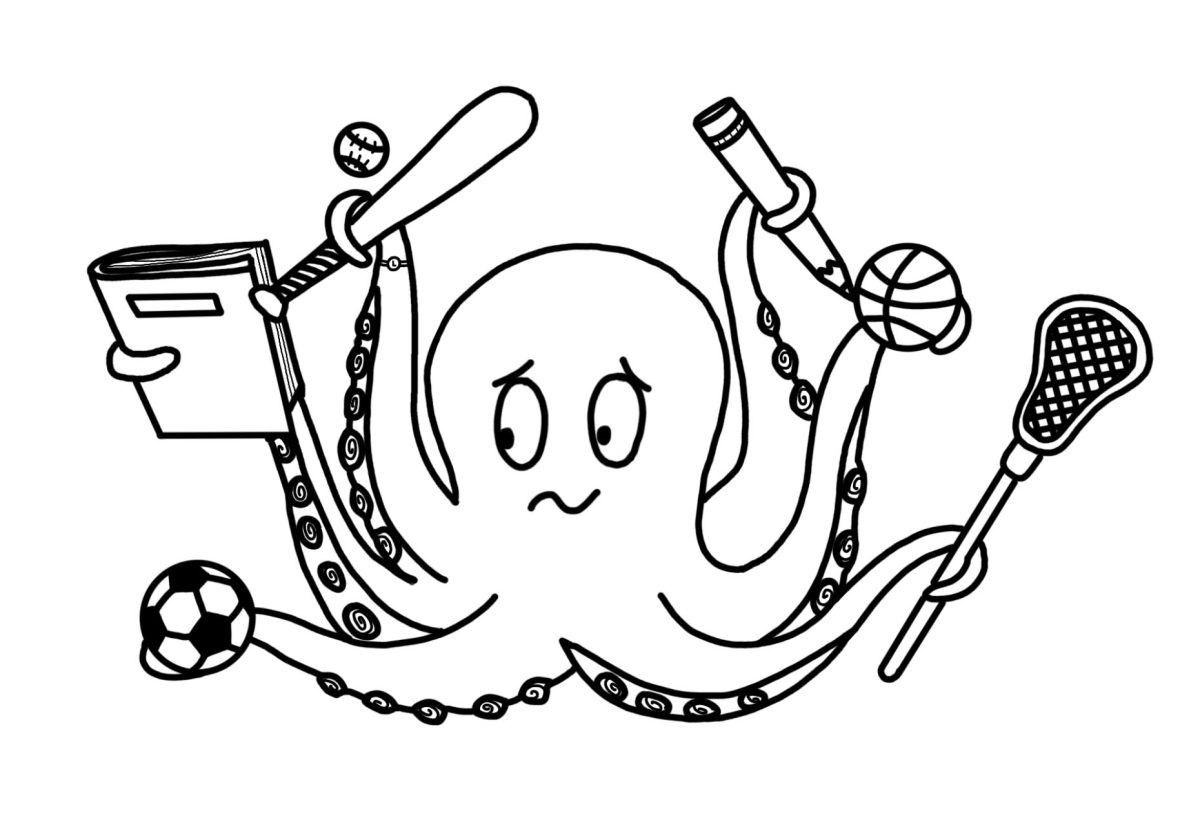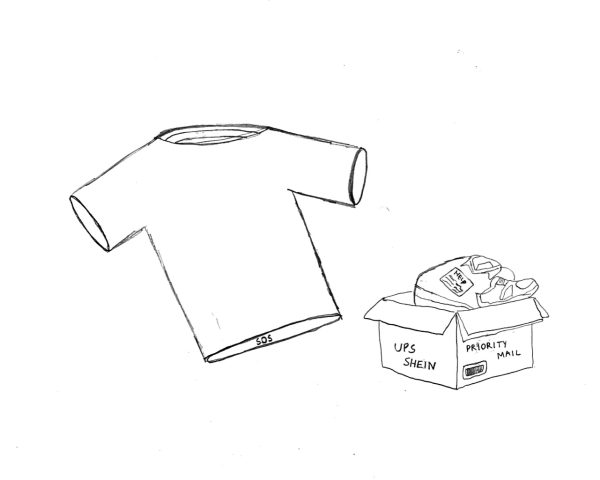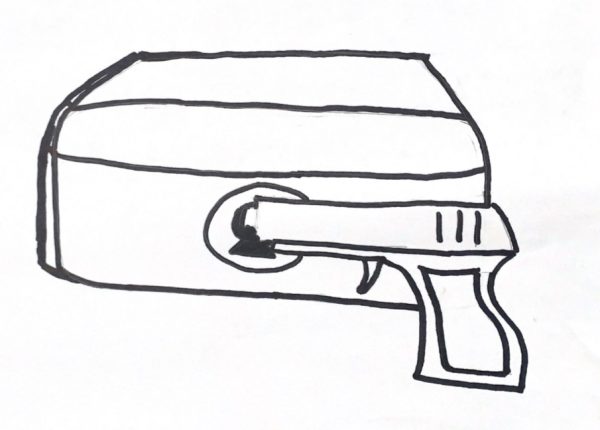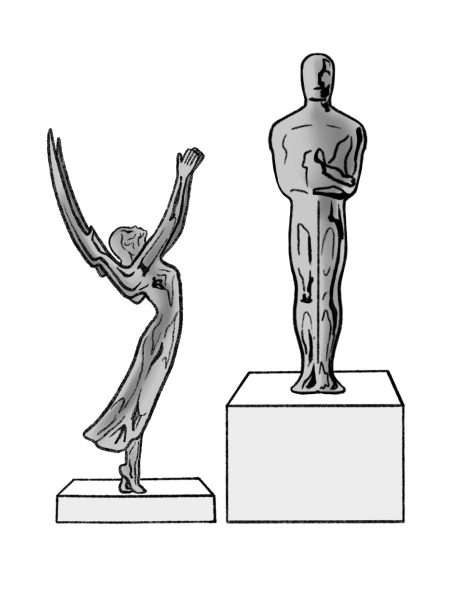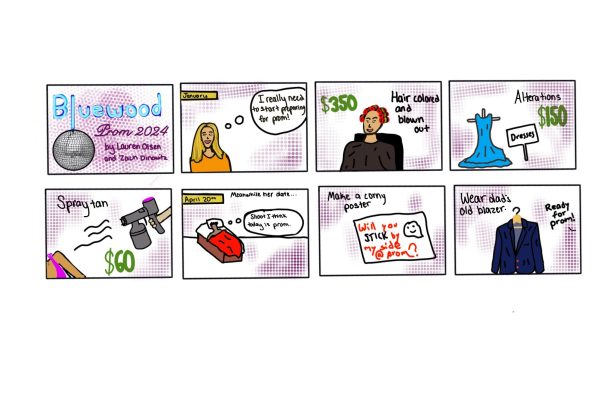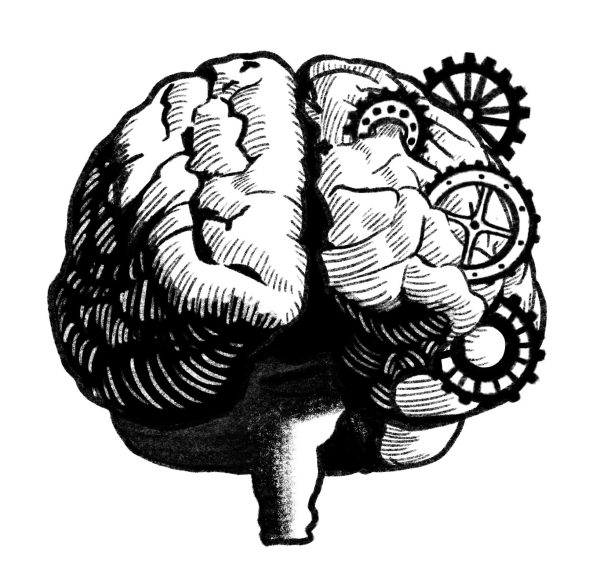In an age in need of change, let your actions speak louder than words
February 25, 2019
Throughout my years as a California resident, I have become accustomed to seeing bumper stickers that read, “Keep Tahoe Blue” or “Reduce, Reuse, Recycle.” Usually, I’ll give these stickers a glance and then forget about them in the next two minutes. What is it that the driver is trying to prove? Don’t get me wrong, prioritizing the environment is an important message to send to society, especially as the rate of climate change increases. However, voicing concern about the environment is drastically different than taking action. More than anything else, these bumper stickers seem to be a way for drivers to signal to others that they are good, conscientious people. Another example of this concept that I see frequently through social media are “reposts” aiming to spread a message or awareness. These posts end up spreading like wildfire. Whether it is showing concern for a social issue or the struggles of a foreign country, social media allows people to get away with announcing their support for a cause without actually taking action. The danger of such “virtue signaling” is that it allows people to feel they have done their part, when in reality they haven’t accomplished anything.
The term virtue signaling was coined in 2015 by English journalist James Bartholomew, who was concerned about new trends in the way people were showing their support for certain issues. For instance, someone may frequently speak out on how concerned they are with school shootings and gun violence across America, yet do nothing to combat those problems. Instead of raising awareness for this issue or running an educational program directed towards gun control, they use their support simply to boast their good morals. Unfortunately, this concept has been integrated in the Redwood community.
Here at Redwood, clubs serve as outlets for students who want to be more involved or active in a hobby, issue, organization or discussion on certain topics. Whether a student is going through a rough patch in their life or having a stressful day, many programs and clubs have been created to let students know they are there for support. This explains the variety of posters around the school that offer help and ask for participation in certain projects. Although the concept of a club encouraging virtue signaling sounds strange––considering that the point of an organization or club is to form a more connected environment at Redwood––other students may feel targeted and pressured to participate in projects or campaigns. We don’t want to come off as immoral. Ultimately, the pressure to join detracts from the greater message a club is trying to send and steers students into either getting involved for the wrong reason or just not getting involved at all.
Since Bartholomew’s creation of the term, its usage has only gained popularity.
“This month [Oct. 2015], use of the phrase [virtue signaling] has gone through the roof, appearing in newspapers almost on a daily basis,” Bartholomew said.
As virtue signaling becomes more common, students who are sophisticated enough to see through it may feel reluctant to get involved in worthwhile causes. Although some students don’t even have an understanding as to what this concept is, they still feel uncomfortable getting involved in a cause they are not fully educated about.
For example, in the second floor girls’ bathroom the other day, there was a poster for a project supporting students with mental hardships in their lives, such as self harm, depression, eating disorders, suicide and others. The project was asking students to draw a line on their arm in the color that corresponded with what they were going through. Although their intentions were in the right place to solve a problem, what was even more eye-opening than the poster was what was written below: “Who is this helping? Statistics show campaigns like these make people less willing to get involved. Stop virtue signaling.”
These programs are not virtue signaling themselves, however the way in which they are presented to reach out for participation is crossing over into virtue signaling territory. Clubs and organizations that wish to make a difference through campaigns and projects such as “The Lines Project,” (the poster in the bathroom) should set their primary goal in educating people before asking for participation.
Even if people at Redwood already have a good idea of what a mental illness such as depression is or how to spot the signs of a school shooter, it doesn’t hurt to educate further. Instead of having the first step in making a difference be plastering posters across the school in hopes for participation, programs should focus on educating the community. This doesn’t mean clubs should make less posters, but they should clarify the cause they are supporting before asking for participation. People at Redwood need to feel included and motivated to make a difference, not uninspired or irritated by these programs’ efforts. This tactic might cause more difficulty in seeing a difference being made, but awareness is the most beneficial way of making an impact. People want to know what they are supporting. If clubs prioritize education on the topic at hand, students at Redwood and all over the district will begin to take the initiative to make an impact, they will no longer be chased away from making a change.

